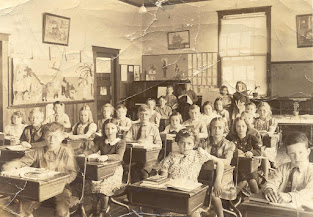final chapter
The bottom line, the final chapter, addresses how public schools were perceived. It was the only option for ordinary people, as well as individuals of color. An education was their only option. President Ronald Reagan's report "a nation at risk" was released at the time. it was a debate about how to make public schooling stronger, especially to other nations. . It shook people's trust in the educational system in the United States and launched a new generation of educational change. This program examines the consequences of the "free market" initiatives that followed, including vouchers, charter schools, and privatization, all with the goal of meeting new required courses. Experts believed that, similar to the market, if schools competed, education would improve and parents would have the freedom to pick which school they wanted to send their children to. Businesses would provide guidance and even start their separate institutions, developing a system ...

